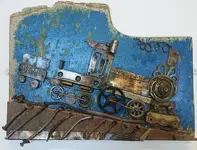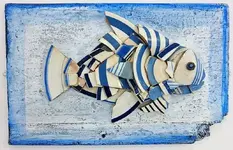- Joined
- Apr 24, 2010
- Messages
- 12,923
- Reaction score
- 27,656
- Golden Thread
- 1
- Location
- Upper Canada 🇨🇦
- 🥇 Banner finds
- 1
- 🏆 Honorable Mentions:
- 3
- Detector(s) used
- XP Deus, Lesche Piranha 35 Shovel & 'Garrett Carrot'
- Primary Interest:
- Relic Hunting
Last Friday morning I returned to a site in the south end of my town where summer cottages were originally located in the early 1900s.
 These were expropriated and torn down in the 1950s to allow park expansion and to permit easy public access to the shoreline of Lake Ontario. I have marked the approximate location of the site with a red ‘X’ on the 1870s map. One of the more interesting finds here was monogrammed Coty Face Powder Compact inscribed LDG ’33. I also found a child’s size SAD Iron. I’ll tumble this piece over the winter and make a new wooden handle for it. The Isaac Campbell buckle in the middle came from another site east of Toronto.
These were expropriated and torn down in the 1950s to allow park expansion and to permit easy public access to the shoreline of Lake Ontario. I have marked the approximate location of the site with a red ‘X’ on the 1870s map. One of the more interesting finds here was monogrammed Coty Face Powder Compact inscribed LDG ’33. I also found a child’s size SAD Iron. I’ll tumble this piece over the winter and make a new wooden handle for it. The Isaac Campbell buckle in the middle came from another site east of Toronto.Flat Iron & Sad Iron History
Blacksmiths started forging simple flat irons in the late Middle Ages. Plain metal irons were heated by a fire or on a stove. Some were made of stone, like these soapstone irons from Italy. Earthenware and terracotta were also used, from the Middle East to France and the Netherlands.
Flat irons were also called sad irons or smoothing irons are shaped pieces of metal that are flat and polished on one side and have a handle attached to the other, created for the purpose of de-wrinkling fabric. “Sad” is an Old English word for “solid,” and the term “sad iron” is often used to distinguish the largest and heaviest of flat irons, usually 5 to 9 pounds. The forebears to modern electric irons, these flat irons are often triangular or come to a point to make it easier to iron around buttons. The heft of a sad iron would help it hold heat, as well as to press the fabric flat.
To protect fabric and surfaces from singeing, sad irons often came with metal trivets to rest on. These are often-beautiful, intricate, and collectible examples of metalwork that were made in a myriad of designs. Metal handles had to be gripped in a pad or thick rag. Some irons had cool wooden handles and in 1870 a detachable handle was patented in the US. This stayed cool while the metal bases were heated, and the idea was widely imitated.
Irons had to be kept immaculately clean, sand-papered and polished. They must be kept away from burning fuel and be regularly but lightly greased to avoid rusting. Beeswax prevented irons sticking to starched cloth. Constant care was needed over temperature. Experience would help decide when the iron was hot enough, but not so hot that it would scorch the cloth. A well-known test was spitting on the hot metal, but Charles Dickens describes someone with a more genteel technique in The Old Curiosity Shop. She held "the iron at an alarmingly short distance from her cheek, to test its temperature..."
Last week I noticed the beans had been harvested on a field I haven’t detected since May, so on Sunday morning I headed back there for a 2-hour hunt.
 I’ve already detected this site c1860 site half a dozen times since 2015, so the finds are getting scarce. I felt very fortunate to find two LC’s and a cool looking porcelain fragment here yesterday.
I’ve already detected this site c1860 site half a dozen times since 2015, so the finds are getting scarce. I felt very fortunate to find two LC’s and a cool looking porcelain fragment here yesterday. Thanks very much for looking,
Dave
Amazon Forum Fav 👍
Attachments
-
 WP_20180908_20_16_06_Pro.webp132 KB · Views: 68
WP_20180908_20_16_06_Pro.webp132 KB · Views: 68 -
 WP_20180923_15_22_14_Pro (2).webp336.8 KB · Views: 54
WP_20180923_15_22_14_Pro (2).webp336.8 KB · Views: 54 -
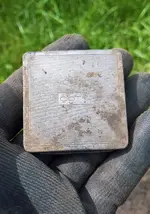 WP_20180907_14_22_52_Rich-crop.webp229.2 KB · Views: 60
WP_20180907_14_22_52_Rich-crop.webp229.2 KB · Views: 60 -
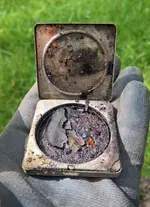 WP_20180907_14_22_29_Rich-crop.webp236.7 KB · Views: 75
WP_20180907_14_22_29_Rich-crop.webp236.7 KB · Views: 75 -
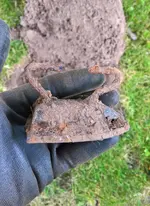 WP_20180909_08_53_48_Pro (2).webp285.8 KB · Views: 61
WP_20180909_08_53_48_Pro (2).webp285.8 KB · Views: 61 -
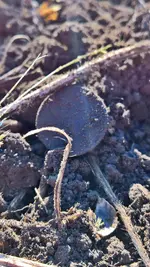 WP_20180923_08_14_22_Pro (2).webp158 KB · Views: 63
WP_20180923_08_14_22_Pro (2).webp158 KB · Views: 63 -
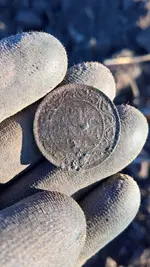 WP_20180923_07_47_09_Pro (1).webp213.3 KB · Views: 60
WP_20180923_07_47_09_Pro (1).webp213.3 KB · Views: 60 -
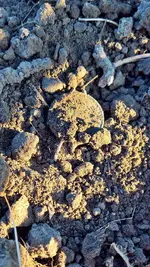 WP_20180923_07_45_14_Pro (1).webp326.6 KB · Views: 55
WP_20180923_07_45_14_Pro (1).webp326.6 KB · Views: 55 -
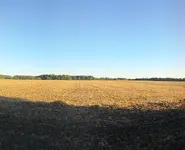 WP_20180923_07_55_04_Panorama (2).webp202.3 KB · Views: 61
WP_20180923_07_55_04_Panorama (2).webp202.3 KB · Views: 61 -
 WP_20180923_07_47_32_Panorama (1).webp231.4 KB · Views: 56
WP_20180923_07_47_32_Panorama (1).webp231.4 KB · Views: 56 -
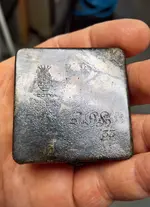 WP_20180923_16_15_05_Pro (2).webp208.7 KB · Views: 75
WP_20180923_16_15_05_Pro (2).webp208.7 KB · Views: 75 -
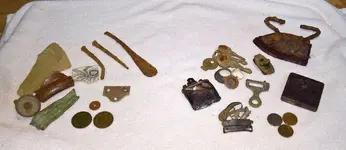 WP_20180923_16_09_06_Pro (2).webp244.3 KB · Views: 57
WP_20180923_16_09_06_Pro (2).webp244.3 KB · Views: 57 -
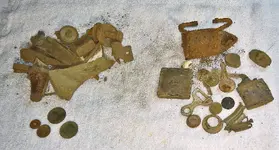 WP_20180923_13_30_07_Pro (2).webp431.6 KB · Views: 75
WP_20180923_13_30_07_Pro (2).webp431.6 KB · Views: 75 -
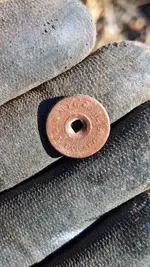 WP_20180923_09_16_37_Pro (2).webp339.3 KB · Views: 60
WP_20180923_09_16_37_Pro (2).webp339.3 KB · Views: 60 -
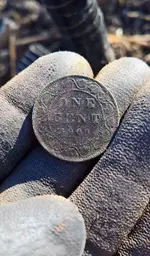 WP_20180923_08_15_30_Pro (3).webp246.3 KB · Views: 79
WP_20180923_08_15_30_Pro (3).webp246.3 KB · Views: 79 -
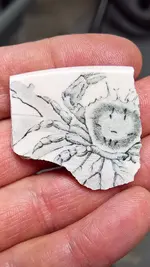 WP_20180923_16_18_28_Pro (2).webp137.3 KB · Views: 51
WP_20180923_16_18_28_Pro (2).webp137.3 KB · Views: 51 -
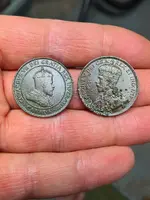 WP_20180923_16_17_51_Pro (2).webp181 KB · Views: 58
WP_20180923_16_17_51_Pro (2).webp181 KB · Views: 58 -
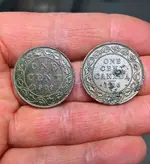 WP_20180923_16_18_15_Pro (2).webp238.7 KB · Views: 61
WP_20180923_16_18_15_Pro (2).webp238.7 KB · Views: 61 -
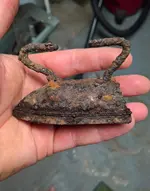 WP_20180923_16_16_19_Pro (2).webp102.8 KB · Views: 60
WP_20180923_16_16_19_Pro (2).webp102.8 KB · Views: 60 -
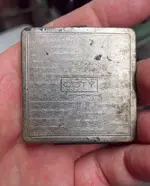 WP_20180923_16_16_01_Pro (2).webp271.4 KB · Views: 65
WP_20180923_16_16_01_Pro (2).webp271.4 KB · Views: 65
Upvote
15






